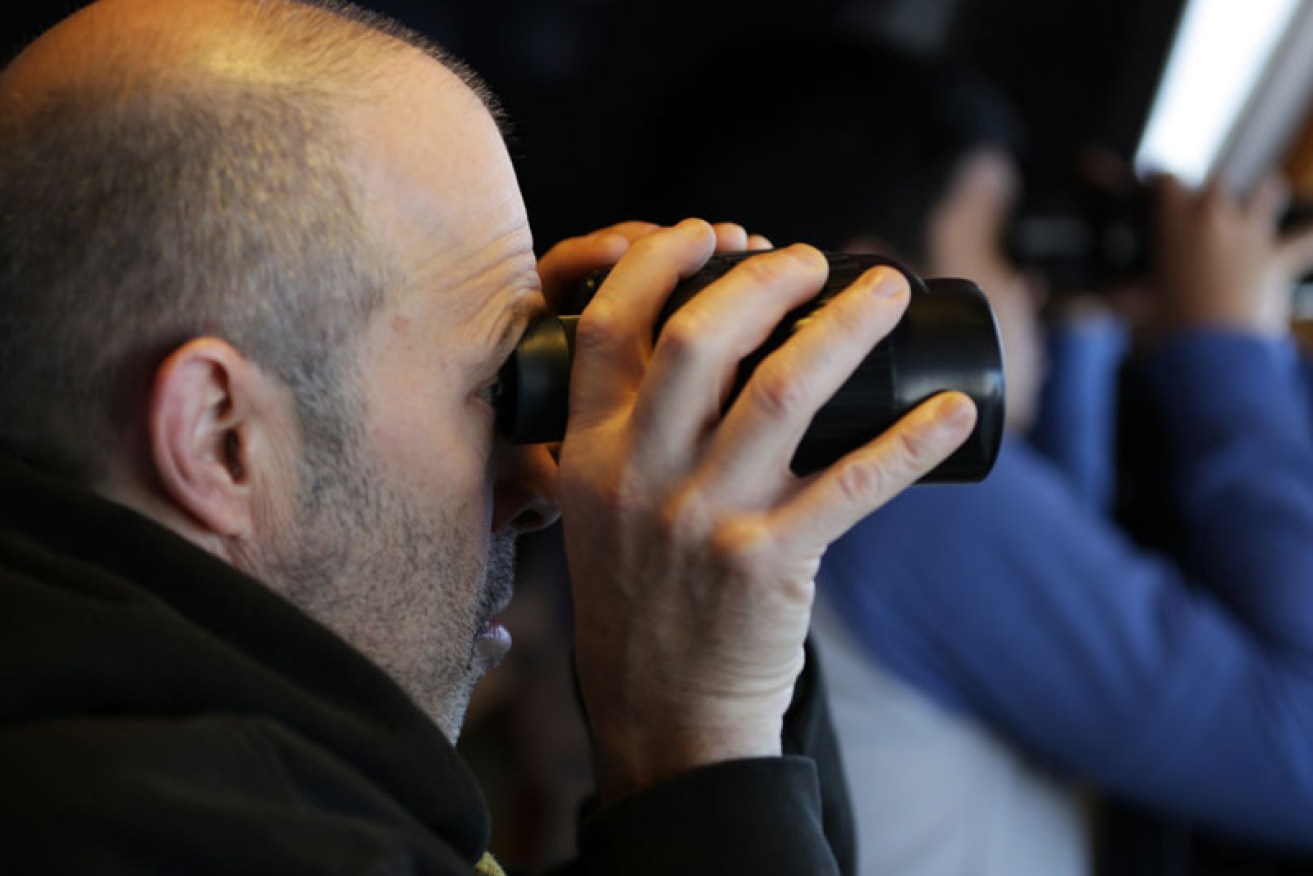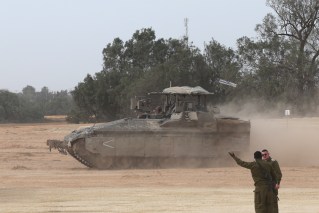How a rogue pilot may have taken over MH370


ATSB
Investigators searching for a missing Malaysia Airlines aircraft may look into the possibility of one of the pilots taking control of the aircraft before it disappeared.
The less-likely ‘rogue pilot’ theory was discarded early on, in favour of assumptions the plane was a ‘ghost flight’ – the pilots were either incapacitated or dead – when it dropped from radar screens.
But after nearly two years scouring the depths of the southern Indian Ocean, the head of the organisation leading the search said it may soon be time to look at other options.
• Debris found off Thai coast ‘not from MH370’
• Key MH370 search piece lost
• Thai wreckage ‘unlikely’ to be from MH370
“We’re not at the point yet, but sooner or later we will be – and we will have to explain to governments what the alternative is,” Australian Transport Safety Bureau (ATSB) chief commissioner Martin Dolan told The Times.
“In a few months time, if we haven’t found it [the plane], then we’ll have to be contemplating that one of the much less likely scenarios ends up being more prominent. Which is that there were control inputs into that aircraft at the end of its flight.”

The ‘7th arc’, in the southern Indian Ocean, is where the MH370 is believed to have exhausted its fuel and begun descending. Photo: Geoscience Australia
CQ University aviation senior lecturer Ron Bishop told The New Daily the alternate theory wouldn’t mean the search would have to be shifted.
“Probably not, considering the last pings from the aircraft were near to the end of its flight,” Mr Bishop said.
“But we are speculating that it went to that area, we really won’t know until we find it.”
As of late January, searchers had trawled through more than 80,000 square kilometres of open ocean, uncovering shipwrecks and previously unmapped geological terrain.
March 8 will mark two years since Malaysian Airlines flight MH370, carrying 239 passengers from Kuala Lumpur to Beijing, lost contact with air controllers less than an hour after takeoff. Its pilots made no distress call.
Despite an extensive Australian-led search of the southern Indian Ocean, no trace of the aircraft was found until the discovery of the barnacle-encrusted flaperon on Reunion Island, more than 3700km (2300 miles) away from the main search site, in July 2015.
French investigators confirmed the aircraft wing part came from the missing Malaysian Airlines Boeing 777, after one of three numbers found on the flaperon was formally identified by a technician from Airbus Defense and Space (ADS-SAU) in Spain, which made the part for Boeing.
As of December 2015, the cost of the underwater search – just one part of the investigation – was expected to total up to $180 million, about $60 million of that alone was from the Australian government.
‘Ghost flight’ or ‘rogue pilot’?
The current search area was calculated using assumptions the flight was a ‘ghost flight’ when it disappeared.
This would mean the pilots were either incapacitated or dead as the plane continued on autopilot until its fuel ran out and it crashed – this fits with the pilots’ failure to make contact before communications dropped out.

Search teams encountered demanding conditions throughout the search. Photo: James Hancock
If the aircraft was not found by the time investigators had finished searching the current area, Mr Dolan’s comments indicate the ‘rogue pilot’ theory could explain why.
But Mr Bishop said it left plenty of questions.
“They figured out that it made contact near the end of its range, if it did that this rogue pilot would have to have flown the plane for that long,” he said.
“That is the question, why do that?
“Just about anything you want to come up with fits [the disappearance], we could make alien abduction fit, terrorist abduction … but [MH370] it lost contact and just kept flying.”
The lack of evidence suggesting the plane’s location meant many theories could be applied, Mr Bishop said, however they all had something in common – they did not explain the event 100 per cent.
An ATSB spokesperson said in a statement to The New Daily that it was not the organisation’s job to put forward theories.
“As set out in the reports on our website, the ATSB is searching on the basis that there were no control inputs at the end of the aircraft’s flight,” the statement said.
“Any analysis or conclusion based on the results of our search are matters for the Malaysian investigations.”
The search was expected to conclude in June 2016.







